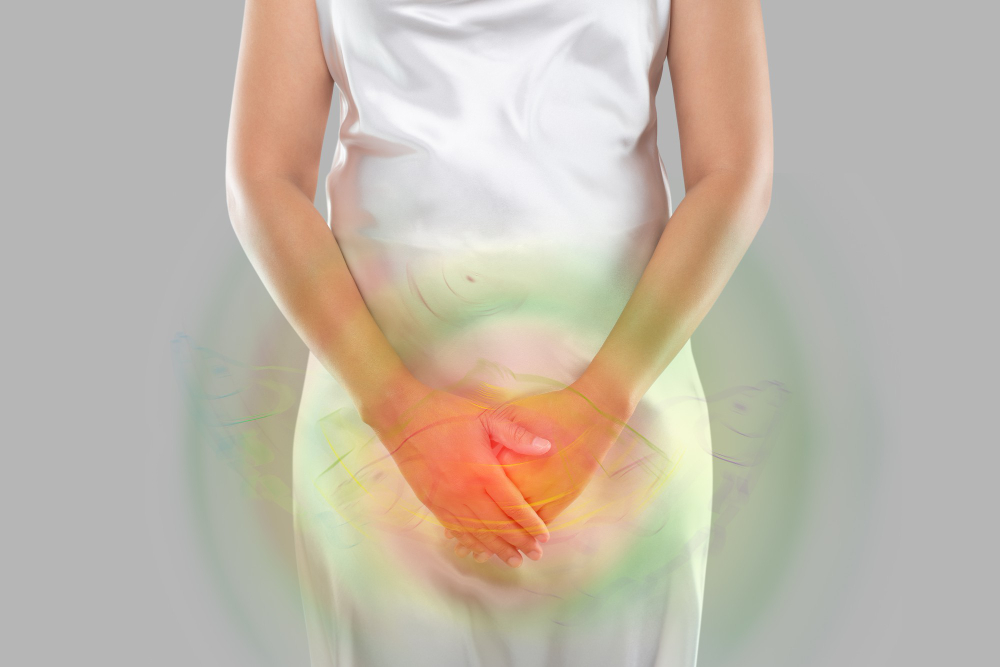
Voiding Disorder in Singapore
Have you ever experienced difficulty urinating or a constant urge to go to the bathroom? If so, you may be dealing with a voiding disorder.
About Voiding Dysfunction
Voiding dysfunction refers to problems with bladder emptying or controlling urine flow. It includes various issues with urinary function. There are various types of voiding dysfunction, such as urinary retention (incomplete bladder emptying) and overactive bladder (frequent and urgent need to urinate).
Living with voiding disorder can significantly impact an individual’s daily life. From constantly worrying about finding a bathroom to facing difficulty in completing everyday tasks. It can also cause sleep disruptions, lack of rest and poor work concentration. All of this can take a toll on one’s physical and emotional well-being.
Common Causes of Voiding Dysfunction in Singapore
Voiding dysfunction can affect people of all ages, genders, and backgrounds. In Singapore, some common factors that contribute to voiding disorders include:
- Weak bladder muscles
- nerve damage or injury
- pelvic surgery
- pregnancy and vaginal delivery
- bladder pain syndrome
- urinary tract infection or vaginal infections
- pelvic organ prolapse
- medications
- psychological conditions like anxiety, depression, psychosis
Symptoms of Voiding Dysfunction
Symptoms of voiding disorder may vary depending on the specific condition, but some common signs include:
- Frequent urination (urinating more than 8 times per day)
- Urgent need to urinate (sudden and uncontrollable urge to urinate)
- Pain or burning sensation during urination
- Difficulty emptying the bladder completely
- Involuntary leakage of urine (urinary incontinence)
- Weak or interrupted urine flow
It is essential to pay attention to these symptoms and seek medical advice if they persist.
Diagnosing Voiding Disorder in Singapore
If you have been diagnosed with voiding disorder, your healthcare provider will work with you to develop a treatment plan based on the underlying cause and severity of your condition. Some common treatment options for voiding disorder include:
- Physical Examination: The first step in diagnosing a voiding disorder is usually a physical examination. This involves checking for any abnormalities in the pelvic region, such as pelvic organ prolapse or weakened muscle; and in male patients, an enlarged prostate gland.
- Urinalysis: A urinalysis is a laboratory test that checks for the presence of certain substances in urine, such as white blood cells, red blood cells or signs that point to a bacterial infection. This can help determine if there is an underlying infection or other issue causing the voiding disorder.
- Urodynamic Testing: This is a series of tests used to evaluate bladder and urethral function and how it impacts urination.
- Imaging Tests: Imaging tests such as ultrasound, CT and MRI scans or cystoscopic direct visualisation may be used to identify any abnormalities in the urinary tract.
- Bladder Diary: This involves keeping track of daily fluid intake, urine output, and voiding habits over a period of time. This can provide valuable information about bladder function and progress in treatment.
In addition to these diagnostic methods, a thorough medical history will also be taken by the healthcare professional. This may include questions about symptoms, lifestyle habits, and any past medical conditions or surgeries.
Many individuals may feel embarrassed or ashamed to seek help. Our urogynaecologist is here to create a safe and non-judgmental environment for our patients to open up about their symptoms.
Treatment Options for Voiding Disorder
The treatment approach for voiding disorder will depend on the type and severity of the condition. Here are some common treatment options available in Singapore:
Non-invasive Treatments
- bladder training
- double voiding
- kegel exercises (pelvic floor exercise)
- medications
- Neuromodulation
- Electrical Stimulation and Pelvic Floor Muscle Training Therapy
Invasive Treatments
In more severe cases, surgical interventions may be necessary to treat voiding disorder. These procedures aim to relieve obstruction or correct nerve damage that is causing the condition. Our urogynaecologist has training in various surgical techniques for treating voiding dysfunction.
- Catheterization (temporary or clean intermittent self-catheterisation - CISC)
- Surgery to correct any anatomical abnormalities like prolapse or open up blockages in the urinary tract.
Lifestyle changes
Making changes to your diet can help manage symptoms of voiding disorders. Try drinking less fluids before bed, avoiding caffeine and alcohol, and eating more fiber to prevent constipation. Maintaining a healthy weight and exercising regularly can relieve bladder pressure and decrease the risk of leakage. If you are a smoker, quitting smoking can also improve bladder function.
Importance of Early Detection and Treatment for Voiding Disorder
If not treated, voiding disorders can cause problems like urinary incontinence, urinary tract infections, kidney damage, and permanent bladder dysfunction. That’s why it’s crucial to seek early diagnosis and treatment for any symptoms of voiding disorder.
Early detection can also significantly improve the effectiveness of treatment. For instance, if urinary retention is caught early on, it may be more effectively managed through lifestyle changes, medications and behavioural techniques rather than requiring surgery or catheterisation.
Breaking the Stigma Surrounding Voiding Disorder in Singapore
As mentioned earlier, cultural stigma surrounding urinary problems can prevent individuals from seeking help for their voiding disorder. This stigma is often rooted in the belief that bladder issues are a sign of weakness or old age, and one should just live with it.
To break this stigma, it’s crucial to educate individuals about the prevalence and causes of voiding disorder. Open communication with healthcare professionals can also help individuals feel more comfortable seeking treatment for their condition.
If you’re experiencing any symptoms of voiding dysfunction, speak to our urogynaecologist today.
Disclaimer: The information provided in this article is for general purposes only and should not be considered as a substitute for medical advice. Always consult with your healthcare provider before making any changes to your current treatment plan or starting any new medications.

